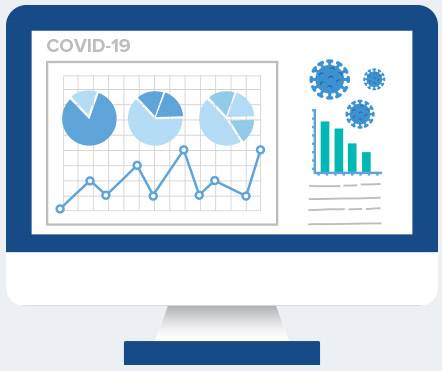Billing Medicare for Telehealth Visits
Telehealth has become a vital part of the current healthcare system, and many services can be delivered through telecommunication technology. This change has been most advantageous for patients in rural and isolated regions because they no longer must come to the clinic even though they can still receive the necessary treatment.
Most healthcare providers, including Medicare physical and occupational therapists, now offer telehealth services. Unfortunately, there are many ways a telehealth claim can be denied, and thus, the following guidelines should be followed to reduce this risk: ensure that Medicare billing procedures are adhered to. This includes using the correct code documentation and meeting technology standards for telehealth visitations.
Understanding Medicare’s Telehealth Coverage
Medicare pays for various telehealth services, including tele-visit for evaluation and management, mental health care, preventive health services, and specialists. Unlike in-person visits, telehealth services are provided via digital platforms. Therefore, providers must guarantee that their equipment meets Medicare’s criteria. The technology must provide a real-time, interactive connection between the patient and the clinician. Typically, this comprises audio-visual communication.
Benefits of Telehealth in Healthcare
Telehealth significantly enhances access and efficiency in healthcare delivery systems. Through virtual consultations, patients do not have to spend much time or money on simple check-ups. This is especially useful for senior citizens or patients who have one form of illness or the other, which makes it very hard for them to get to the clinics. Also, telehealth assists in controlling patient turnover within healthcare facilities by improving patient flow management.
Since virtual visits are possible, healthcare providers can prioritize the patients who require their attention most and prevent possible illnesses among people who come to them. Also, it helps adhere to the treatment plan so patients can continue their treatments without interruption. This technology also helps healthcare givers follow up with their patients and advise them on the proper measures to avoid further complications.
Types of Services Covered by Medicare
Medicare covers a variety of telehealth services, like those offered during in-person visits, including:
-
Routine Check-ups and Consultations:
These telehealth visits are crucial for diagnosing and treating medical conditions and developing treatment regimens.
-
Evaluation and Management (E/M) Services:
Telehealth enables healthcare practitioners to assess and treat patients from a distance.
-
Mental Health Services:
Medicare allows for the use of telehealth in mental health treatment, like therapy, counselling, and psychiatric consultation, so it is much easier to get mental health treatment from any location.
-
Preventive Care:
Telehealth works to minimize obstacles to care, allowing patients to get preventive services such as screenings and wellness examinations at a distance.
Documentation and Coding Requirements
Medicare assigns specific codes for telehealth services, which may vary based on the kind of visit. For example, evaluation and management visits, mental health consultations, and preventative care services are all coded separately. Providers should refer to the most recent Medicare rules when filing telehealth claims to verify, they are utilizing the proper codes.
Furthermore, providers must utilize the proper Place of Service (POS) codes to show that the visit was done via telehealth. The most prevalent POS code for telehealth is “02,” indicating that the visit was conducted via a telecommunications system. Providers should validate the correct POS code for their unique telehealth services to avoid claim denials.
Common Challenges in Telehealth Billing
Billing Medicare for telehealth services, particularly concerning documentation and coding, is more often than not a serious challenge for healthcare professionals. One common issue is ensuring that the equipment used for the proactive telehealth appointments meets Medicare’s requirements for communication as live and interactive. It is also essential for clinicians to understand the telehealth policy of the patient’s insurance coverage before providing care, as the rules for coverage may vary.
Another aspect that needs to be addressed is ensuring that the appropriate documents are completed, if necessary. Providers must maintain full documentation regarding the telehealth visit, its purpose, which services were performed and what was determined during the consultation. Submitting incomplete or incorrect documentation may lead to the denial of claims or the lapse of reimbursements concerning specific processes.
Conclusion
With the integration of telehealth technology, healthcare services have greatly improved as patients have better access to treatment. It has made it easier for healthcare providers to access many patients than in the past, including those in hard-to-reach areas. However, providers struggle to bill for telehealth services because not all of them are covered.
That is why proper billing techniques are essential to avoid delays in payment and denial of claims. This includes adequate and accurate recording and billing of the services to Medicare and insurance companies. In this way, solving the existing problems and getting proper payments for telehealth services becomes possible.




